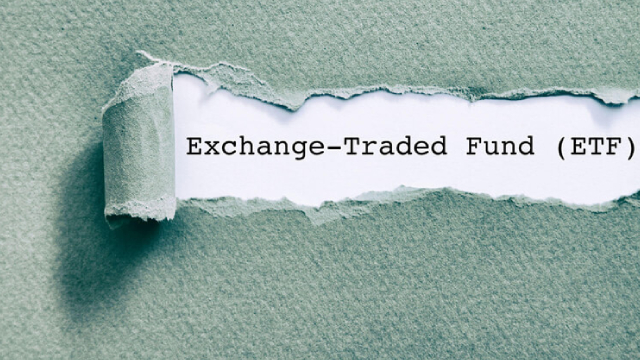The Impact of Trump’s Tariffs on Sector ETFs: A Delightfully Offbeat Perspective
In a whimsical twist of events, the White House announced that President Trump would be imposing a 25% tariff on steel and aluminum imports. This bold move, while aimed at protecting American industries, has sent shockwaves through the financial world. Let’s take a closer look at how this could affect some sector ETFs.
The Winners: Steel and Industrials
It’s only fair to start with the obvious winners. The steel and aluminum industries are poised to benefit significantly from these tariffs. The XLI Industrial Select Sector SPDR Fund, which includes companies in the steel, aluminum, and other industrial sectors, could see a boost as domestic producers reap the rewards of increased demand and potentially higher prices. However, keep in mind that this could lead to inflationary pressures and potential retaliation from other countries.
The Losers: Consumer Goods and Technology
On the flip side, sectors that rely heavily on imported steel and aluminum, such as consumer goods and technology, could take a hit. The XLY Consumer Discretionary Select Sector SPDR Fund and the XLK Technology Select Sector SPDR Fund could experience a downturn as companies face increased costs for raw materials. This could lead to price increases for consumers or, in some cases, companies absorbing the costs themselves, impacting their bottom lines.
Around the World: Global Ripple Effects
This isn’t just an American issue. The tariffs could lead to retaliation from countries affected by the tariffs, potentially sparking a global trade war. This could impact a wide range of sectors and ETFs around the world. For example, the EFA iShares MSCI EAFE ETF, which tracks large- and mid-cap stocks in developed markets outside the U.S. and Canada, could be affected by potential trade tensions.
The Bigger Picture: A Delicate Balance
It’s important to remember that this is just one piece of the puzzle. The global economy is a complex web of interconnected relationships, and the impact of these tariffs on sector ETFs is just one part of the larger story. As always, it’s crucial to keep a long-term perspective and consider the broader macroeconomic factors at play.
The Final Thought: A Silver Lining?
In a delightfully offbeat twist, let’s consider a silver lining. Perhaps these tariffs will spur innovation and investment in alternative materials or production methods. After all, necessity is the mother of invention. Who knows, this could lead to the rise of a new industry or sector ETF?
- Steel and aluminum industries could benefit from increased demand and potentially higher prices.
- Consumer goods and technology sectors could experience increased costs and potential price increases.
- Retaliation from affected countries could spark a global trade war, impacting a wide range of sectors and ETFs.
- Long-term perspective and consideration of broader macroeconomic factors is crucial.
- Possible innovation and investment in alternative materials or production methods.
In conclusion, the impact of Trump’s tariffs on sector ETFs is a complex issue with far-reaching consequences. While some sectors may benefit, others could take a hit. And the potential for a global trade war adds another layer of uncertainty. As always, it’s important to keep a long-term perspective and consider the broader macroeconomic factors at play. Who knows, this could even lead to the rise of a new industry or sector ETF!
Stay curious, my dear interlocutor, and let us continue to explore the delightful offbeat world of finance.





